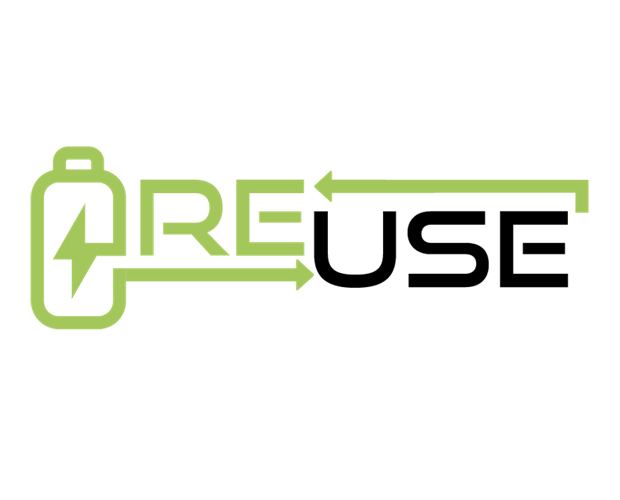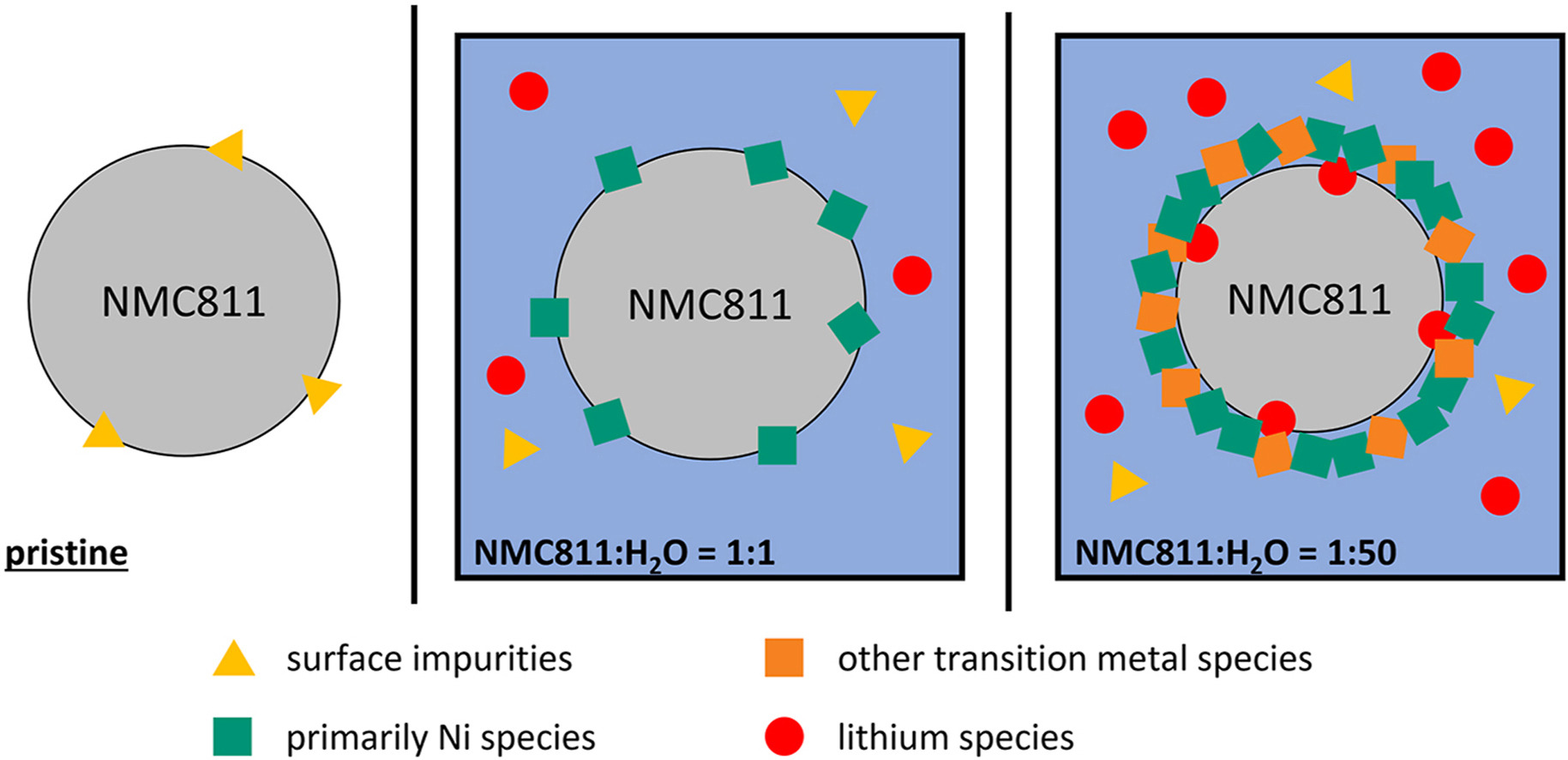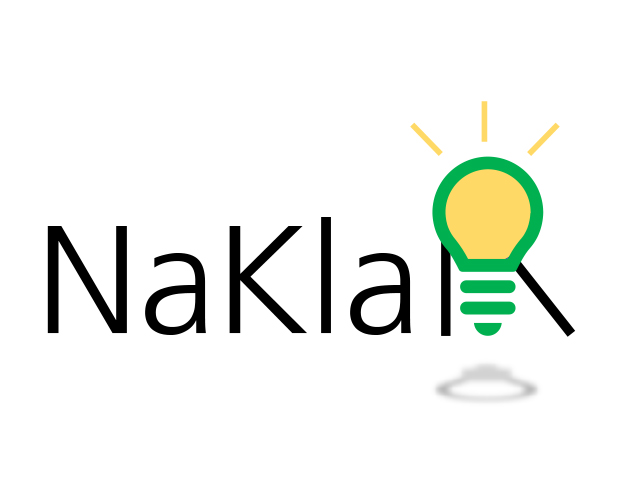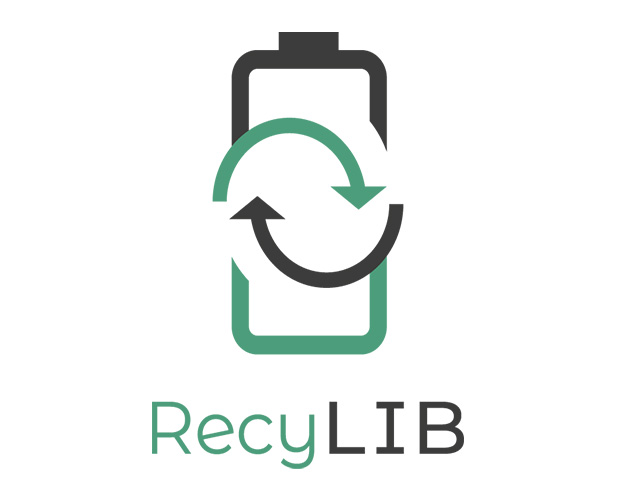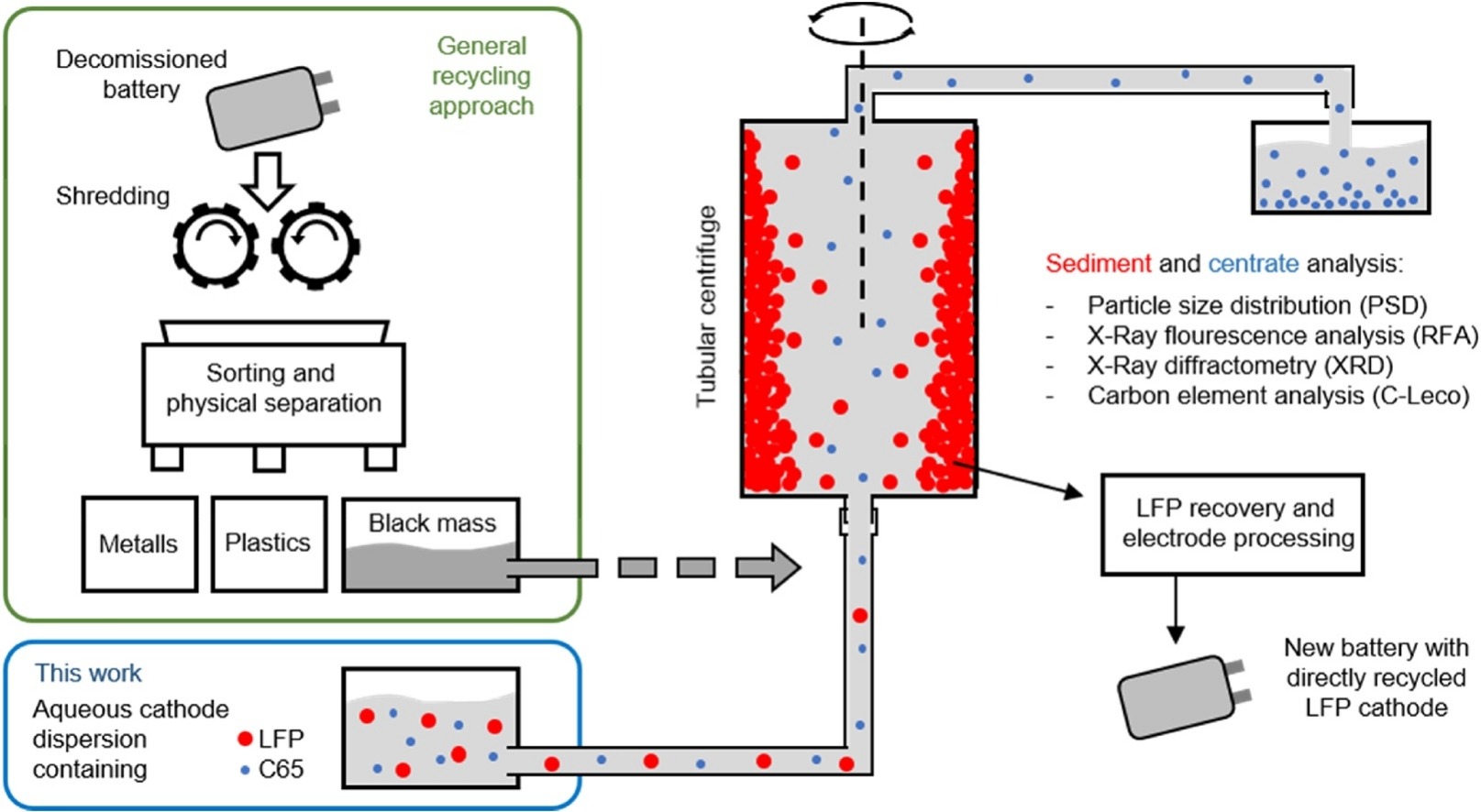The Fraunhofer R&D Center for Electromobility (FZEB) has been working on direct battery recycling and design for circularity since 2016 and has developed a wide range of sustainable, low-energy and highly efficient technologies and processes.
The FZEB is involved in numerous national and international projects and is one of the key players in Europe in the field of direct battery recycling. Direct battery recycling is an emerging approach that is in particularly - but not exclusively - interesting for low-cost battery chemistries. It has the decisive advantage that the materials are not “downcycled” into precursors (e.g, in form of metal salts), but will be conserved in their original structure, which can allow the direct re-use of these materials in the fabrication of new batteries.

